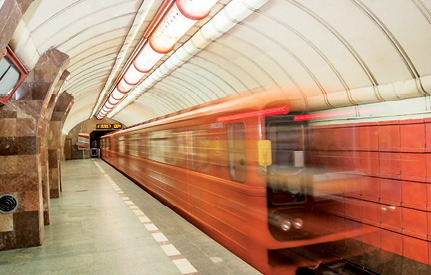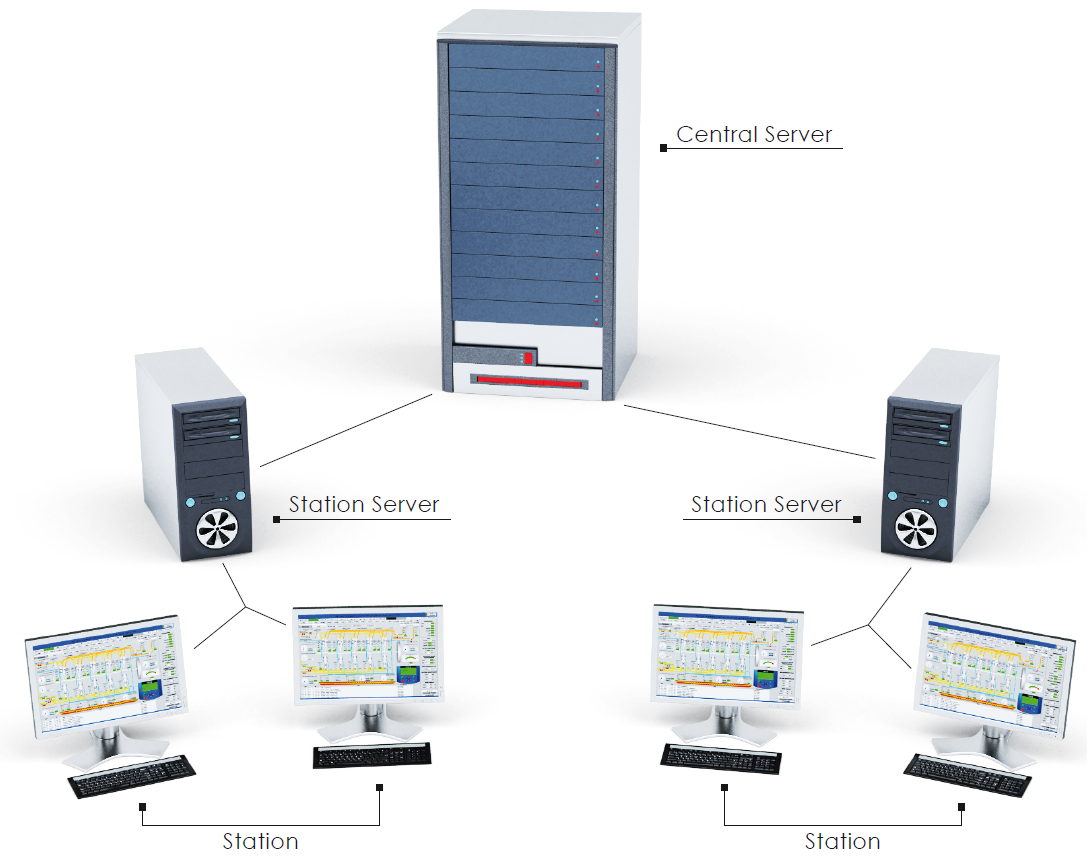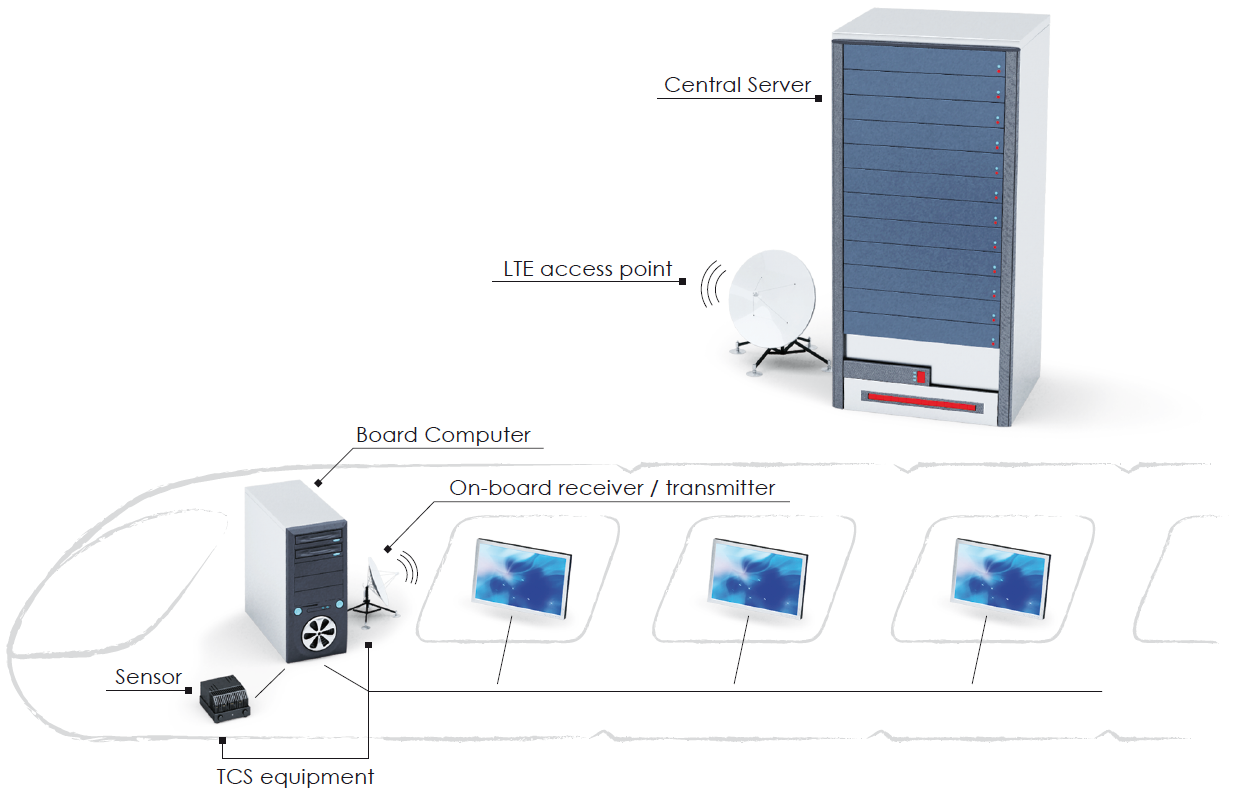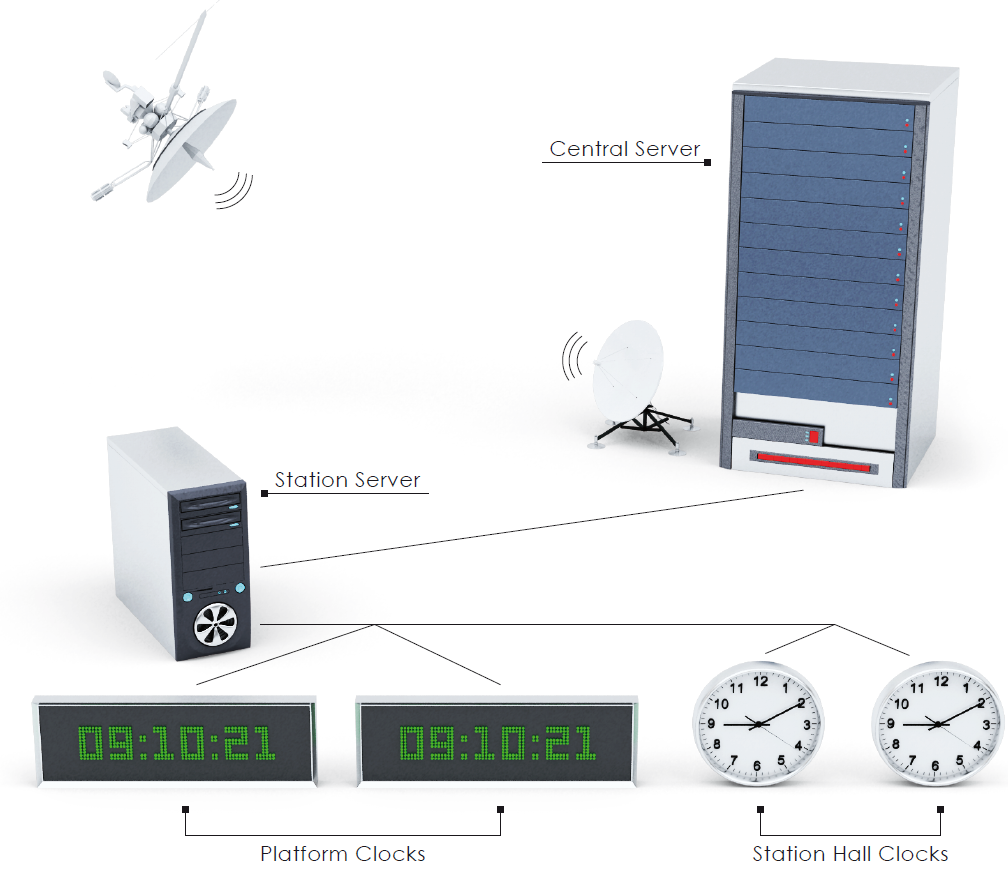Passenger Information System (PIS)
PIS is a part of the complex informational system for transport.
Passenger Information Systems implemented by LOT Group in subways consist of several subsystems:
- Station Visual Information System;
- On-board Visual Information System;
- Emergency Communication;
- Unified precision time system.
Station Visual Information System (SVIS)
Commonly SVIS uses informational boards on the station to display information for passengers. Quantity, measurements and parameters of boards depend on customer requirements.
Two main informational blocks can be represented by SVIS:
- The information about trains (disposition, its movement and arrival time).
- The information about environment (weather, exit guides, nearby objects, etc.).
The structure of these systems is put in the scheme below:


On-board Visual Information System (OVIS)
OVIS is purposed for sharing information inside carriages. Passengers are furnished with timing, schedule and other information needed by a traveler.
Train set’s movement data are collected from TCS (Train Control System). Received data compares with Central Server data. The transmission of signals is performed via LTE network.
Emergency communication
This subsystem is purposed for the emergency connection of a passenger with a train driver when the passenger is onboard or with a dispatcher when the passenger is on a station or in a station hall.
Onboard part is installed in the train and provides only the connection to a train driver. The connection with a dispatcher is realized by IP protocol via fiber optic channel. There is no switching between consumers. The system functions in a point-to-point mode.
Unified precision time system (PTS)
The System’s Central Server continuously receives a universal time using the GPS receiver signals from satellites. Data transfer to the subway station is performed by Ethernet via fiber-optic cable.
At each station a Station Server is installed for controlling secondary clocks.
The control unit receives signals from the synchronization server, and transmits them to the secondary clock. All secondary clocks enable autonomous operation in the absence of synchronization signals from a Central Server.
LOT Group’s experts provide the full range of precision time system development services to meet the customer-specific requirements of the client’s enterprise, including:
- Integration into the already existing software environment.
- Synchronization with the customer’s corporate network, security and communication systems and manufacturing control means.
- Preventive and service maintenance.
- Synchronization with the universal time, with respect to the error admissible for this enterprise.
ADVANTAGES OF IMPLEMENTATION
The advantages of PIS implementation are:
- increasing of the passenger flow by means of informing the passengers about the timetable and intervals of train movement in the on-line mode, in its turn, it allows to improve the efficiency of the passenger service;
- prompt response for the emergency situations in train movement (failures, accidents, etc.), automatic correction of the traffic timetable and informing the passengers about these changes;
- creation of the PIS joint monitoring center, that allows to control centrally the display information on the passenger information displays (PID – Passenger Information Display) and perform its operation monitoring in on-line mode.



